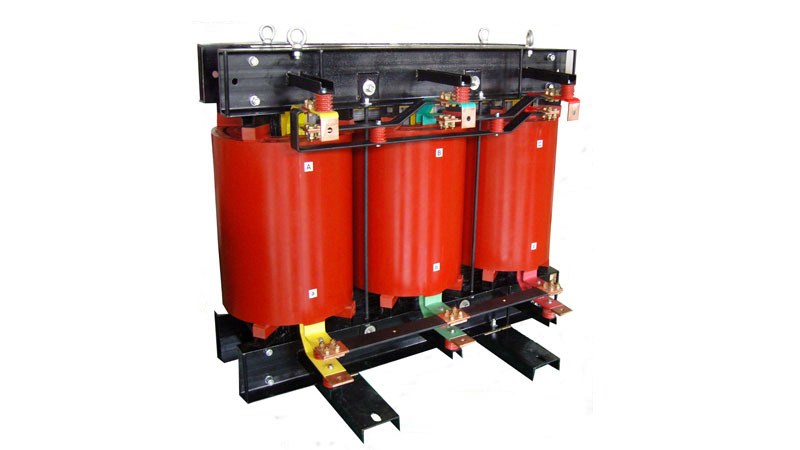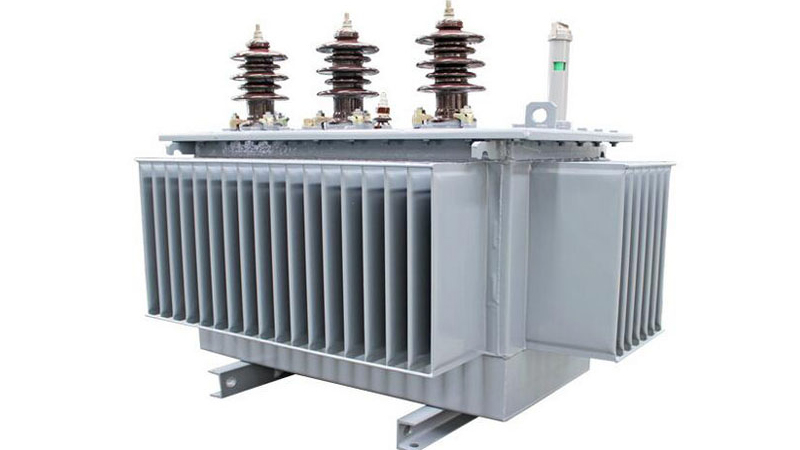High voltage transformers are essential components in power transmission and distribution systems, converting voltage levels to ensure efficient electricity delivery. Among them, dry-type high voltage transformers and oil-type high voltage transformers are the two most common variants, each with distinct characteristics, applications, and advantages.
Both dry-type and oil-type transformers serve the same fundamental purpose:
Voltage Conversion: They step up or step down voltage levels to match power transmission and distribution requirements.
Energy Transmission: They facilitate efficient electricity transfer between different voltage systems while minimizing power loss.
Isolation & Protection:They provide electrical isolation between circuits and help stabilize power flow.
Despite sharing these core functions, their design and operational principles differ significantly.
A dry-type high voltage transformer operates without liquid insulation, relying instead on solid insulation materials such as epoxy resin or vacuum pressure impregnation (VPI). This makes it inherently safer for certain environments.

Dry-type transformers are commonly used in:
Indoor power distribution systems*(commercial buildings, hospitals, data centers)
Industrial facilities (manufacturing plants, mining operations)
Renewable energy installations(solar and wind farms)
Urban substations where space and safety are critical
Fire Safety: No flammable oil, reducing fire hazards.
Low Maintenance: No oil leaks or filtration requirements.
Environmental Friendliness: No risk of oil spills or contamination.
Wider Operating Temperatures: Can function efficiently in varying climates.
Compact & Lightweight: Easier to install in confined spaces.
An oil-type high voltage transformer uses mineral or synthetic oil as both an insulating and cooling medium. This design is well-suited for high-power applications.

Oil-filled transformers are typically found in:
High-capacity power transmission networks
Outdoor substations and utility grids
Heavy industrial applications(steel mills, large-scale manufacturing)
Remote power generation plants
Higher Efficiency:Oil provides superior cooling, allowing for higher load capacities.
Better Heat Dissipation:Oil absorbs and transfers heat more effectively than air.
Longer Lifespan (Under Proper Maintenance):Oil insulation helps protect windings from degradation.
Cost-Effective for High Power: More economical for large-scale power distribution.
| Feature | Dry-Type Transformer | Oil-Type Transformer |
| Insulation Medium | Air, epoxy resin, or VPI | Mineral/synthetic oil |
| Cooling Method | Air-cooled | Oil-cooled |
| Fire Risk | Low (non-flammable) | Higher (flammable oil) |
| Maintenance | Minimal | Higher (flammable oil) |
| Installation Location | Indoor (preferred) | Regular oil checks & filtration |
| Environmental Impact | Eco-friendly | Risk of oil leaks/spills |
| Cost | Higher initial cost | More cost-effective for high power |
The choice between a dry-type high voltage transformer and an oil-type high voltage transformer depends on factors such as installation environment, safety requirements, power capacity, and maintenance considerations.
Dry-type transformers excel in indoor, urban, and environmentally sensitive applications due to their safety and low maintenance.
Oil-type transformers remain dominant in high-power transmission and outdoor installations where cooling efficiency is critical.
Zhiyue is a high-voltage equipment manufacturer with 30 years of R&D and production experience. We specialize in manufacturing high-voltage stabilizing transformers and matching accessories, offering a complete range of standard models and customized solutions. Our internationally certified products are exported worldwide, and our professional engineering team provides expert equipment selection and technical support services.
.